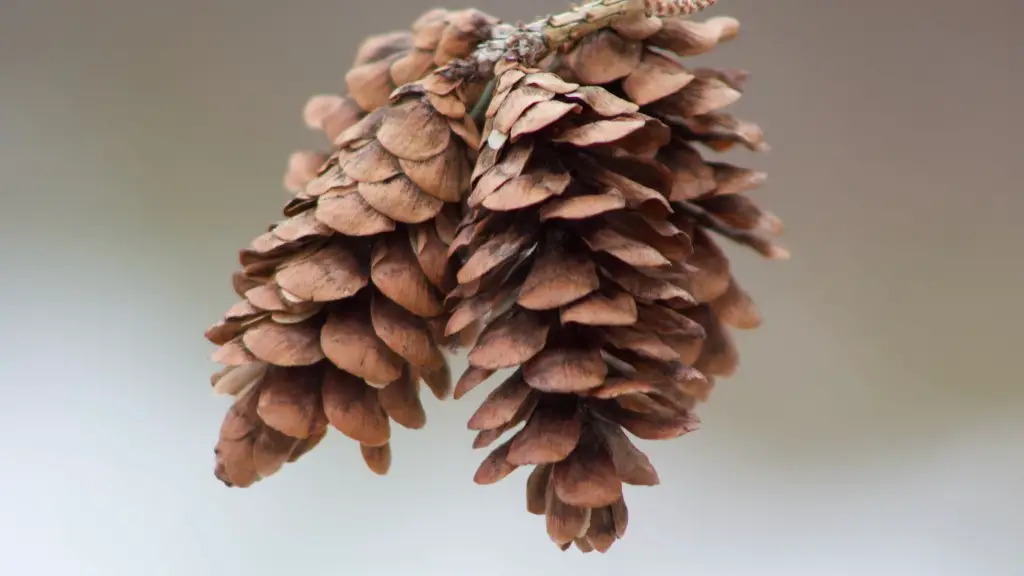A Guide On How To Plant An Avocado Tree To Grow Avocados
Avocado trees (Persea americana) are tropical plants that are very popular with gardeners and commonly found in home gardens. The trees have an interesting growing habit that makes them easy to grow and care for, and the delicious avocados they produce make them a worthwhile addition to any yard. Growing an avocado tree takes the right environment and a few special considerations, but the reward of delectable homemade avocados is more than enough incentive for any gardener.
Avocado trees demand a mild climate in order to survive and produce fruit. They like temperatures that stay in the 68 to 86 degrees Fahrenheit (20 to 30 degrees Celsius) range, and they need a reliably warm climate. This means that they won’t survive in places with prolonged cold winters. When they become established though, they can survive brief winter frosts if temperatures don’t drop too low. Those living in mild climates can grow avocado trees outdoors, while those in colder climates should opt for growing the trees in pots that can be moved indoors during winter.
Finding the right soil is the next consideration for successfully growing an avocado tree. The soil should be well-drained with a pH of between 6.0 and 7.5. To achieve this balance, soil amendments such as compost, bark, or woodchips can be used. Good water drainage is also important to prevent root rot.
Avocado trees need plenty of sunshine in order to fruit. Planting them in an area with at least eight hours of sun each day and protection from strong winds. Trees grown in dappled light or part shade won’t produce as much fruit, so it’s important to give them the light they need.
Pruning is an important part of caring for your avocado tree, as it helps the tree maintain its shape and encourages branching. Pruning can also help manage diseases, pests and other problems. During the fruit’s growing season, it’s best to prune lightly; only removing dead, damaged or interfering branches. Once the fruits are harvested, more extensive pruning can be done to shape the tree and encourage branching.
When growing an avocado tree, it’s recommended to use fertilizers around four to six months after planting. Special formulations that contain nitrogen, potassium, and phosphorus are ideal, but other fertilizers can also be used. Make sure to follow the directions on the package. It’s also important not to over-fertilize as this could burn the tree’s roots and harm the growth of the fruit.
At about three or four years, avocado trees will be ready to begin producing fruit and can produce multiple harvests each year. They typically flower in winter, with the fruit maturing in late spring or early summer. If no fruit appears, then it is likely that either the flowers were not pollinated or the tree is not old enough to produce fruit.
Harvesting Avocado Fruit
Avocados are often harvested when the fruit is still green and unripe. These will ripen off the tree and should be left to turn black before being picked. Ripe avocados feel slightly soft and will give a little when pressure is pressed against them. If the avocado is too soft, this means that it is overripe and not suitable for eating. Overripe avocados should be discarded
Preventing Damage To Avocados
Avocado trees are prone to pests and diseases, so it is important to monitor them regularly. Common pests to watch out for include flies, blight, and scale. An effective way to prevent pests is to use a horticultural oil spray. This can be applied in spring and summer and is particularly effective when the temperatures are high.
Other methods of preventative pest control include keeping the garden area weed-free and using mulch around the trees to keep the soil moist. It’s also a good idea to inspect the tree regularly to check for any signs of disease and pest damage.
Storing Avocados
Harvested avocados should be stored either at room temperature or in the refrigerator. Unripe avocados should be stored at room temperature, out of direct sunlight. It takes about four days for the avocados to ripen at room temperature. Once ripened, they can then be stored in the refrigerator for up to two weeks.
Avocado Uses And Benefits
Avocados can be used to make a range of delicious dishes, from savory meals to creamy desserts. They also have several health benefits. Avocados are high in fiber and monounsaturated fats, as well as vitamins A, B-6 and C, and essential minerals like magnesium and potassium. Eating avocados can help to reduce the risk of heart disease, Type 2 diabetes and many other health conditions.
Using Avocado Waste
Avocados are a very popular food item, so the amount of waste produced from the trees can be quite high. Fortunately, there are several ways to make use of avocado waste. The seed of the avocado can be used as a compost starter, while the leaves and skin can be used to make teas and extracts. Finally, the wood from avocado trees can be used for barbecues or making furniture.
Avocado Trees As Ornamental Plants
Avocado trees don’t just produce delicious fruit; they can also be used as ornamental plants. The dark, glossy leaves of the tree create a striking contrast against the white flowers, and make the tree an attractive addition to any garden. The trees can be trained to grow in different shapes, such as pyramids and espaliers, adding their own unique charm to the garden.
Avocado trees are a great choice for any gardener looking to add a bit of tropical flair to their garden or yard. With the right conditions and care, the tree can produce delicious avocados for years to come. From harvesting to pruning and fertilizing, there are many things to consider when growing an avocado tree, but the reward of eating homemade avocados make all the work worthwhile.
